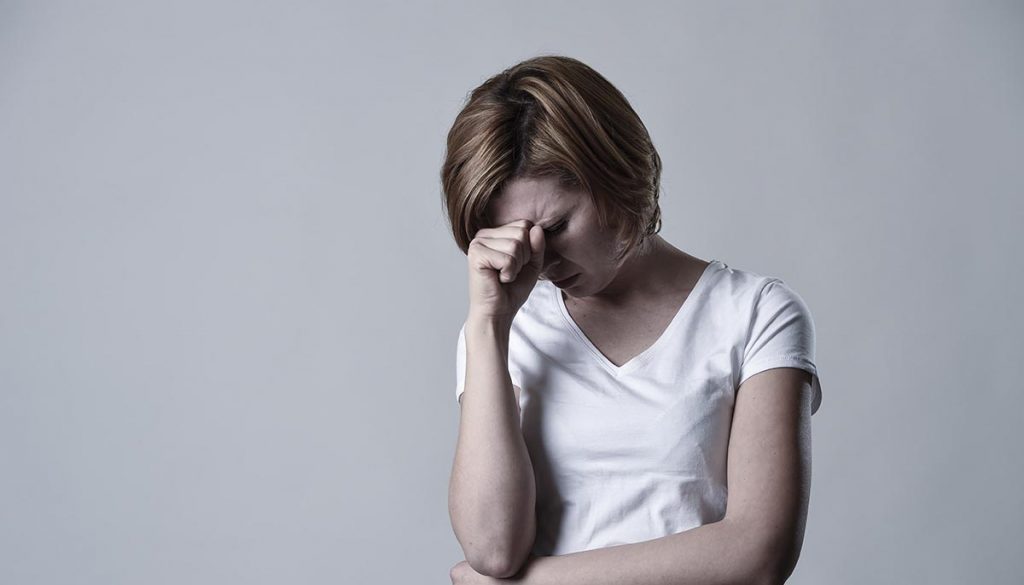By Kim Norton
You know that feeling you have in the pit of your stomach? Your stomach seems to drop, you gasp to take a breath, you breathe in only to realise that feeling does not go away. You feel numb, like you are on auto pilot. You go through the motions not sure how, or why you are doing what you do. You smile on cue. You carry on. You are grieving.
You grieve for loss. The loss of a loved one, a job, a relationship, a holiday, a promotion, a birthday party, an ideal, your perceptions, your health, your freedom. Grief knows no boundaries. There are no time limits and there are no rules. It is unique in its intensity and in its voracity. Grief just “is”.
We have listed “The 7 Stages of Grief” model which outlines how grief might be affecting you and your family during this time. Keep in mind that as there are no rules to grieving, you may move up and down between each stage or you may work through each stage in order.
1. Shock and Denial
The stage of disbelief that usually accompanies that numb feeling, that feeling in the pit of your stomach that lets you know all is not well. That feeling of disbelief. “How can this be happening?” “This is not real” “I will be fine; it won’t affect me”.
2. Pain and Guilt
The shock starts to wear off and you have an overwhelming sense of pain. The pain can be physical or emotional or both. You may try to hide it, or avoid it with alcohol, food or drugs.
You feel guilty for not completing that course, tidying that cupboard or playing with the kids whilst you have all of this extra time on your hands during isolation. Frustration starts to creep in. Children’s behaviour may regress as they try to make sense of what they are feeling; they may become clingier or more needy.
3. Anger and Bargaining
You become angry at the situation. “Who let this happen?” “Who is to blame?” Conspiracy theories abound. Isolation starts to take its toll; relationships are tested and may start to break down. Our kids may start to feel more anxious and as a result of that high anxiety, they too start to feel angry. “Why do I have to stay home?” “Why is he allowed out?”
You start bargaining with yourself and your kids. “We only have to stay home for a few weeks, then we can go out again”.
4. Depression, Reflection and Loneliness
Reality hits with a thud. A time of reflection, of memories and of loneliness in a time of isolation where you are isolated from friends and extended family. A stage where you go through the motions, a stage where you “fake it till you make it”.
The auto pilot stage. You may react by sleeping in, having more frequent “pyjama days” and/or isolating yourself from other household members. Our teens are particularly prone to all three.
5. The Upward Turn
You start to adjust to your current situation. Your physical and emotional symptoms start to lessen, and you feel a little calmer. The yelling subsides. You start to appreciate the time you have, and the opportunities afforded to you in isolation.
Time that was not there pre-COVID, the time that has allowed you to rediscover your kids and to foster stronger relationships.
6. Reconstruction and Working Through
As your mood improves and your anxiety lessens, you regain the use of your functional mind and are able to manage your time and emotions more effectively. You start to work through the financial problems associated with this time. You go about setting up your “school from home” and/or “work from home” schedules. Life becomes more routine and organised. A new “normality” starts to take place.
7. Acceptance and Hope
You accept that this is your life, at least for now. The pain and sadness are still there but have lessened in degree and have made room for hope, for joy and for plans post-COVID-19 isolation/restrictions.
During this time of COVID-19 we are all grieving to some extent. Understanding the 7 stages of grief and how to work through them will help us to cope and to move forward, to not become stuck in any one stage or in any one frame of mind for too long. If you feel like you might be “stuck” or you need someone to talk to, please reach out and seek the services of a counsellor or psychologist who can help you develop some personalised strategies.
Kim is the founder of Rainbow Light Therapies and is a Holistic Counsellor specialising in stress and anxiety management for kids, teens and adults. Kim provides a unique, intuitive and individualised therapy approach through individual, small group and family counselling sessions both online and at her studio in Langwarrin. Also working with special needs kids, Kim runs sessions and workshops for people of all abilities on various topics throughout the year.
Please see www.rainbowlighttherapies.com.au for more information.


